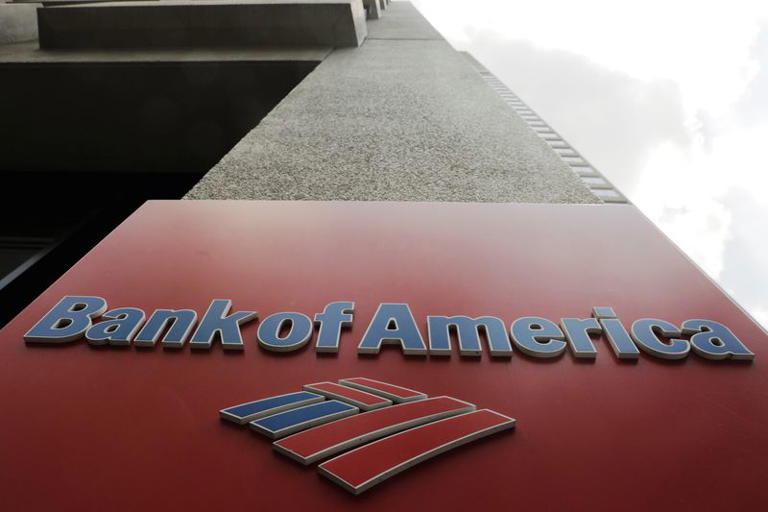The U.S. banking sector’s announcement of increased dividends for the third quarter underscores a pivotal moment following the Federal Reserve’s rigorous stress tests. These tests are designed to gauge banks’ resilience against severe economic downturns, ensuring they have sufficient capital buffers to absorb potential losses and continue operating smoothly. JPMorgan Chase, as the largest U.S. lender, led the charge by boosting its quarterly dividend from $1.15 to $1.25 per share, coupled with a substantial $30 billion share repurchase authorization set to commence in July.
Bank of America followed suit, announcing a dividend increase from 24 cents to 26 cents per share, reflecting its solid financial position post-stress test. Citigroup also raised its dividend, elevating it to 56 cents per share from 53 cents previously. Morgan Stanley increased its dividend to 92.5 cents per share from 85 cents, indicating its confidence in financial stability and ability to reward shareholders.
Goldman Sachs, despite increasing its dividend to $3 per share from $2.75, expressed surprise over a significant rise in its stress capital buffer (SCB), an additional capital requirement imposed by the Fed to ensure banks can endure hypothetical economic shocks. CEO David Solomon highlighted Goldman’s ongoing efforts to optimize risk management and reduce stress-related losses, suggesting the need for further dialogue with regulators to align on these capital requirements.
These dividend hikes signify a strong performance by U.S. banks in meeting regulatory benchmarks and maintaining robust financial health. They also signal banks’ commitment to returning capital to shareholders, a critical component of their corporate strategy amid ongoing economic uncertainties and evolving regulatory landscapes. As banks navigate these challenges, their ability to bolster dividends reflects resilience and proactive management in an ever-changing financial environment.
